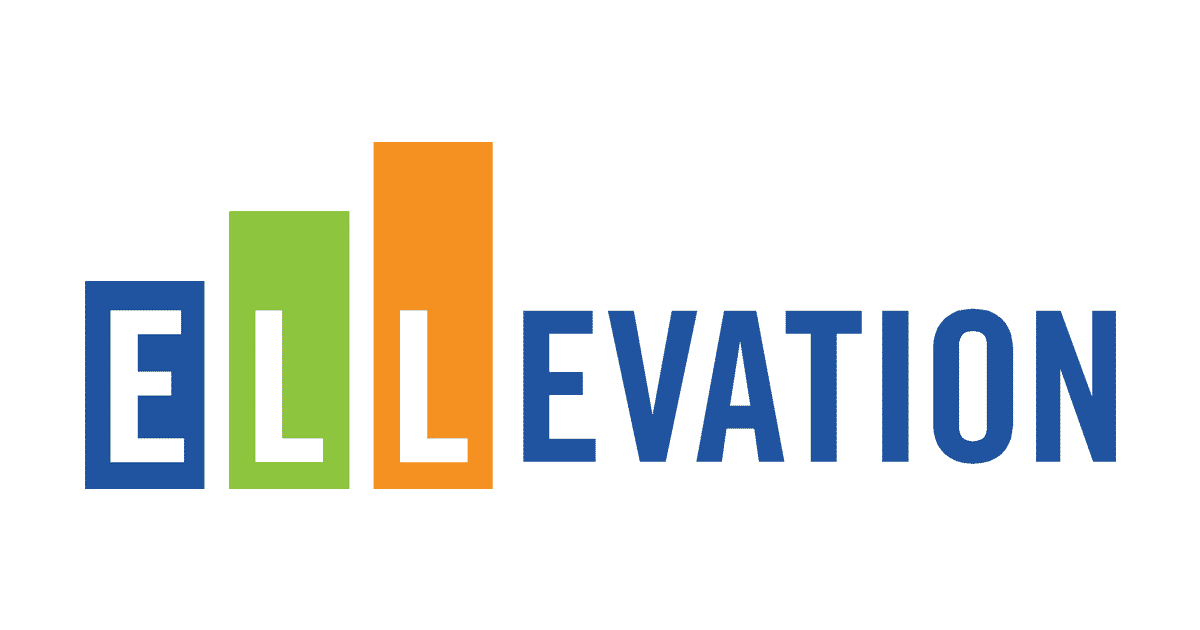As we approach Semester 2, those of you who are teaching multiple sections of the same course might consider cross-listing in Canvas. Cross-listing allows you to move section enrollments from individual courses and combine them into one course. This feature is helpful for instructors who teach several sections of the same course and only want to manage course data in one location. Many teachers who have tried it have asserted they would never go back to the old way since cross-listing is such a big time saver. However, this action should only be done before a semester starts. Indeed, Canvas recommends it be done before a course is published. If it is done after a course is published and notably student work has been submitted, that student work will be lost. Please review the slideshow below carefully to help you decide if you want to do it.
Please reach out to a Technology Integration Specialist if you need help deciding if this is right for you or if you want assistance setting it up.







 Why would you want to use this feature?
Why would you want to use this feature?


 ELLevation Strategies:
ELLevation Strategies: Monitoring:
Monitoring:




